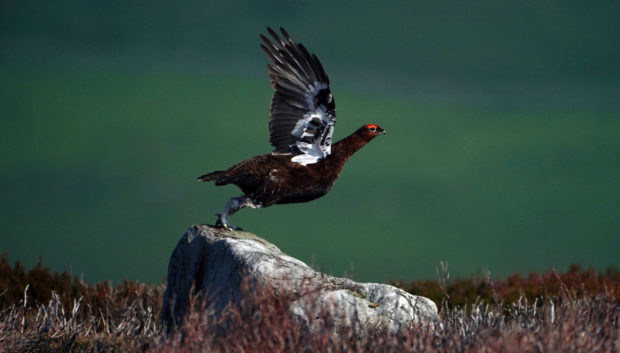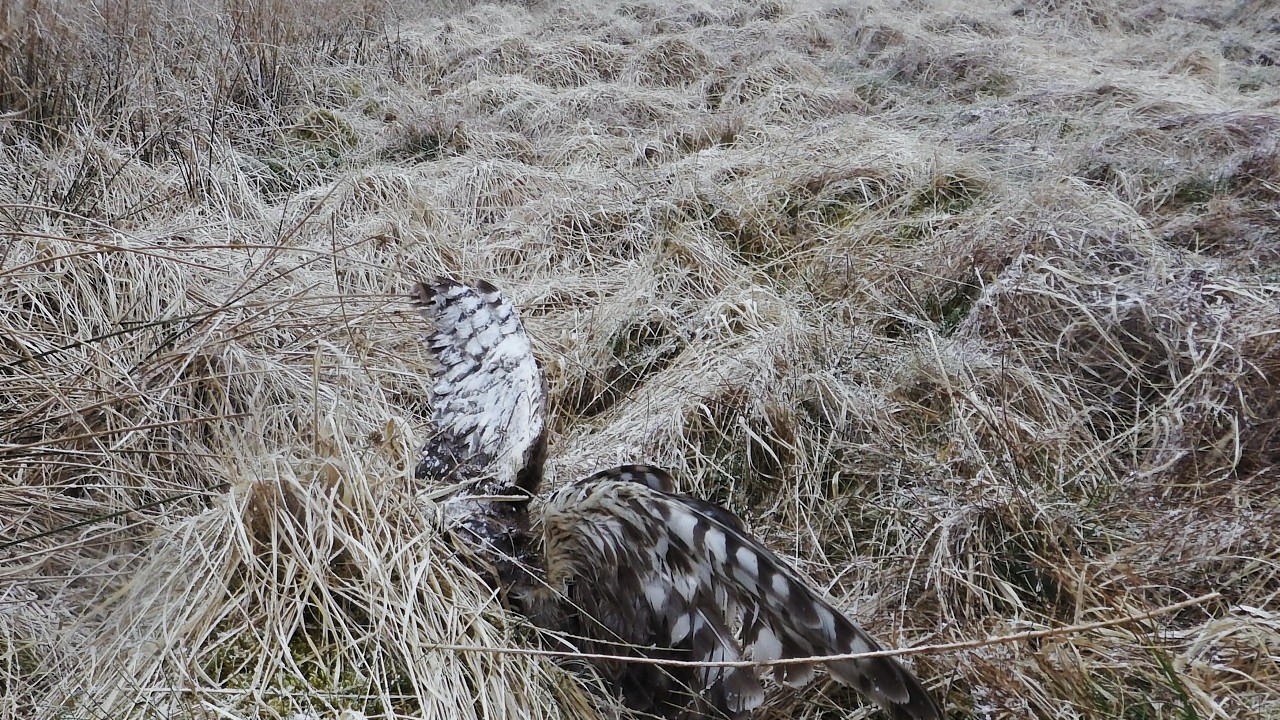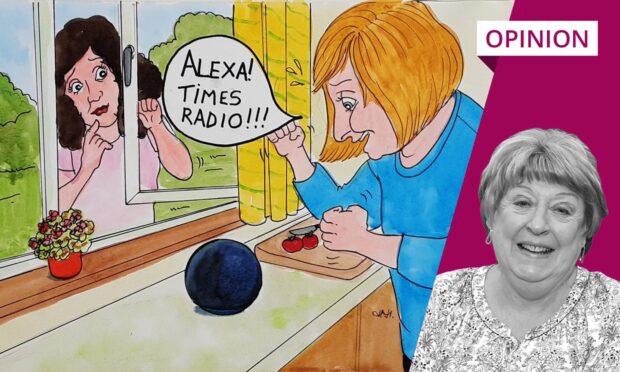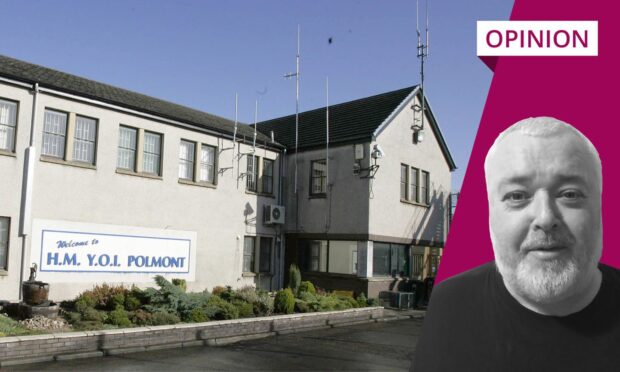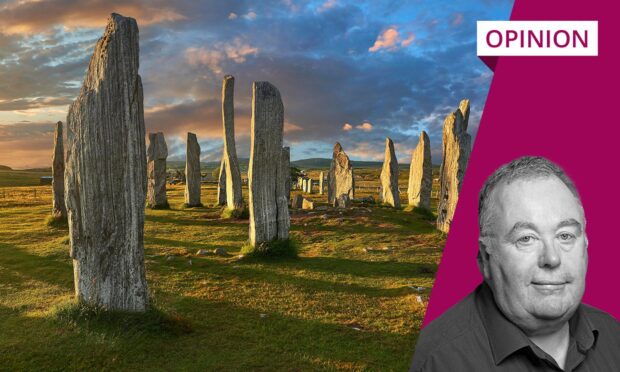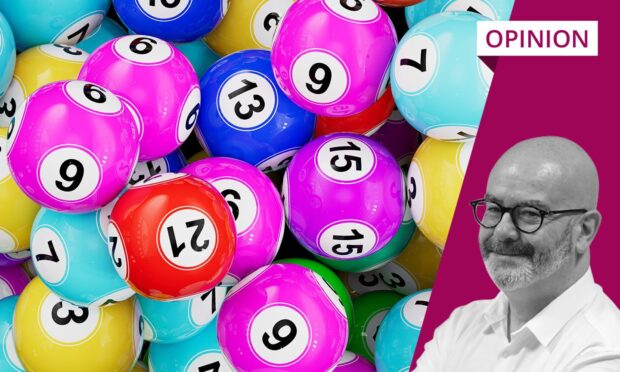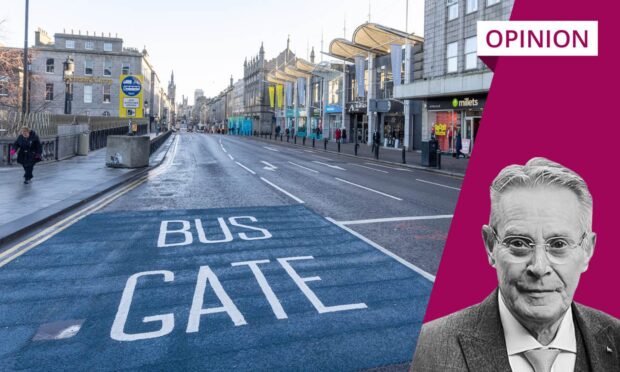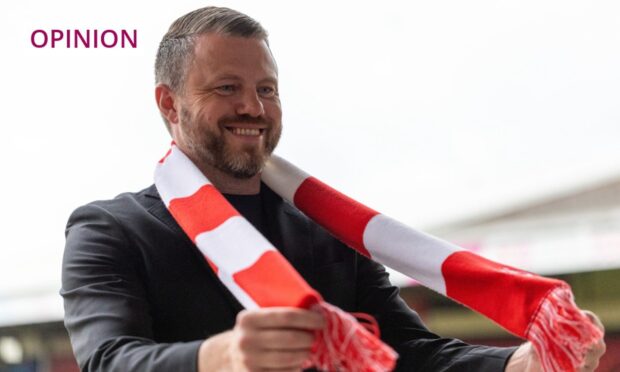An in-depth study of seven shooting estates has shown that over 100,000 foxes, stoats, weasels, crows and so-called non-target species like hedgehogs and dippers are killed on Scotland’s grouse moors every year.
This is one of the most disturbing parts of the circle of destruction that surrounds the controversial grouse shooting industry, which also requires muirburn (the practice of burning off old growth on a heather moor) on a large scale and the mass chemical medication of grouse to sustain itself.
Thousands of snares and traps legally litter Scotland’s countryside with an aim to kill those animals that threaten grouse numbers – so that a few more of them can be shot by a few people for sport.
While some land managers may have legitimate reasons for controlling the number of certain species, with conservationists being among them, maintaining unnaturally high grouse numbers for sport killing should not be one of those legitimate reasons.
Protected birds of prey are still killed because of grouse shooting
The above activities are immensely underregulated, but Scotland’s birds of prey are protected and cannot be killed legally. This is a relief to many, as these iconic birds may otherwise be subject to cruelty on a far larger scale. However, in the depths of our countryside it still goes on – largely because self-regulation by the shooting industry has not worked.
Birds of prey like golden eagles and hen harriers still go missing or are found dead on or near grouse moors – with the satellite tagged ones representing the tip of the iceberg. This has now been recognised by the Scottish Government and a broad coalition in the Scottish Parliament, who wish to hold grouse shooting to account.
Following the Werritty Report by the Grouse Moor Management Group in 2019, despite heavy resistance from the shooting industry, shooting estates will require a licence to operate.
Frankly, it is surprising that they have operated under so little regulation for so long but the terms of this licence should address the industry’s war on our wildlife. More regulation is needed for a bold and consistent approach to wildlife management, not less.
We should adopt 7 principles for wildlife culling
In 2017, an international panel of 20 experts in wildlife management, conservation and welfare created the first international guidelines for ethical decision making in wildlife control. They agreed to “an interdependent and step-wise set of seven principles for managing human-wildlife conflict” – the types of conflict alluded to by our counterparts in BASC Scotland.
The seven principles for wildlife culling discussed by the report can be summarised by the following:
- Modifying human practices when possible
- Justification for control required
- Have clear and achievable outcome-based objectives
- Cause the least harm to animals
- Social acceptability
- Systemic planning
- Base control on the specifics of the situation rather than labels (like “pest species”)
It is useful to look at our current shooting, snaring and trapping practices within this framework, as it highlights their many flaws and inadequacies. Grouse moors certainly do not meet the standards of these international consensus principles.
7 in 10 Scots are against killing wildlife to sustain grouse shooting
The need to kill so much wildlife indiscriminately in order for more wildlife to be killed on sporting estates is unnecessary, unjustified and is not supported by the people of Scotland.
It’s time to move forward not backwards in our attitude and treatment of wildlife. It’s time for more regulation, not less
A national poll by the Diffley Partnership showed that around seven in 10 Scots were against the killing of wildlife for the purpose of grouse shooting. It’s up to the industry to prove that this unregulated mass slaughter is not needed to sustain “high bag numbers”. If driven grouse shooting is to continue, it should not be allowed to depend on it.
Shooting wildlife with cameras, not guns
Wildlife tourism – shooting wildlife with cameras instead of guns – is already worth around five times more to Scotland’s economy compared to grouse shooting and is a bourgeoning industry that requires room to expand. Along with a mosaic of better alternatives, rural Scotland could instead be transformed with thousands more jobs than are currently permitted to exist within the status quo.
It’s time to move forward not backwards in our attitude and treatment of wildlife. It’s time for more regulation, not less, and the seven principles of ethical wildlife control can help us do that.
By ending the war on wildlife in grouse moors we can help unlock our land’s potential, and it will be to the benefit of our people, our wildlife and the environment.
Max Wiszniewski is the Campaign Manager for Revive, the coalition for grouse moor reform
